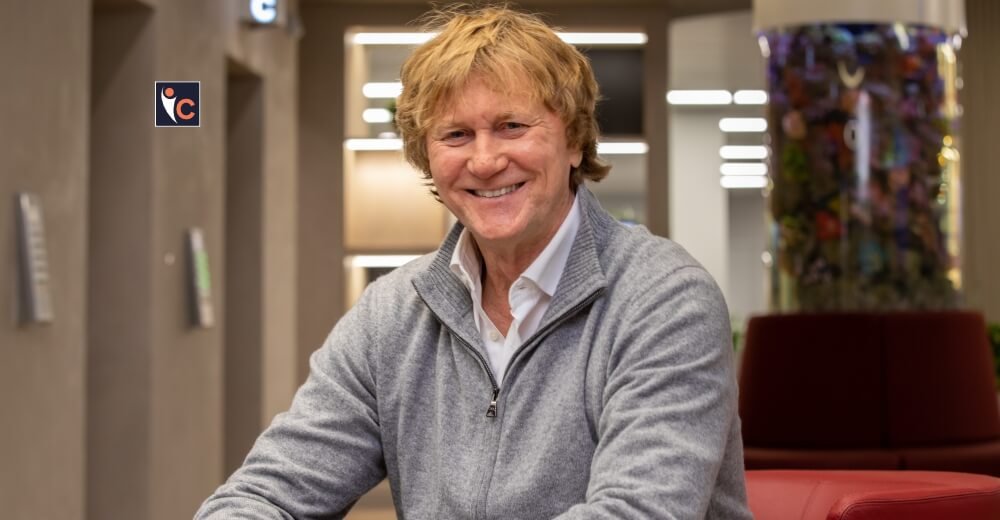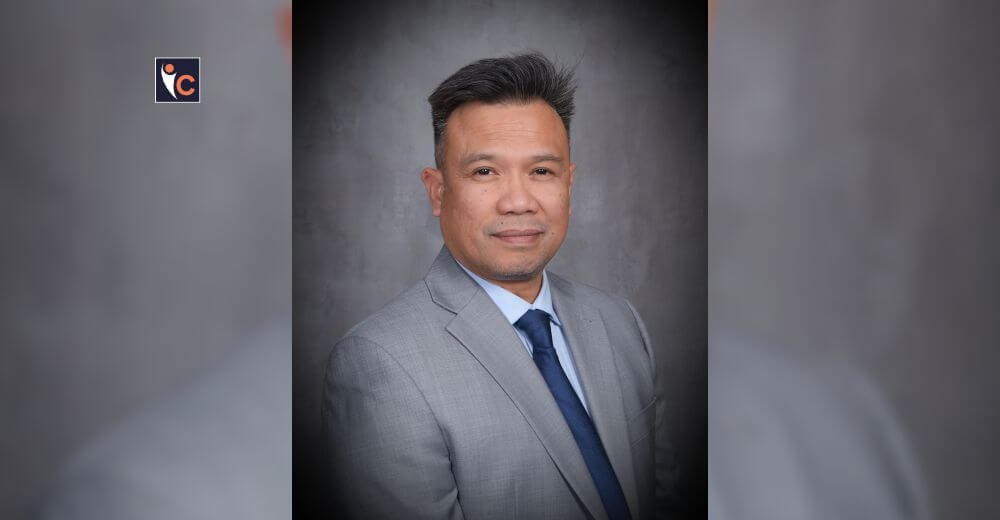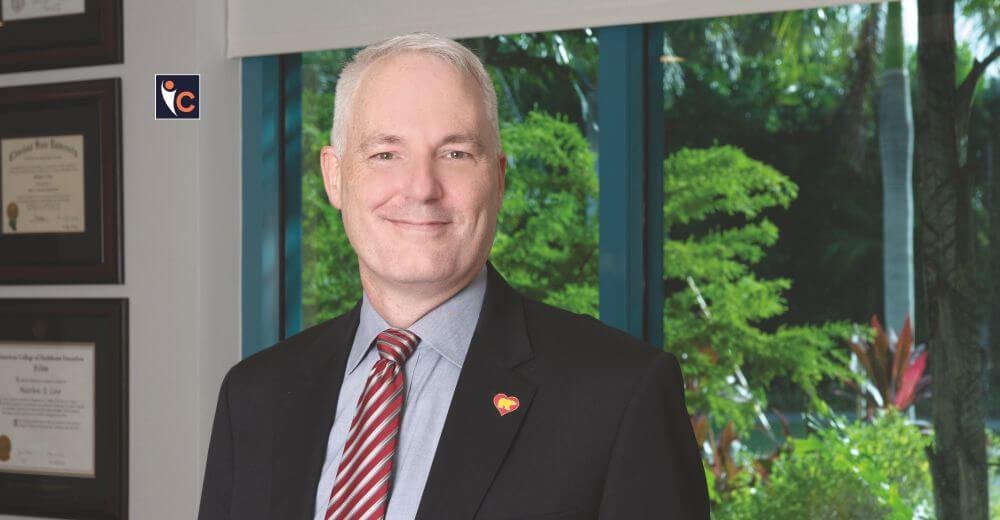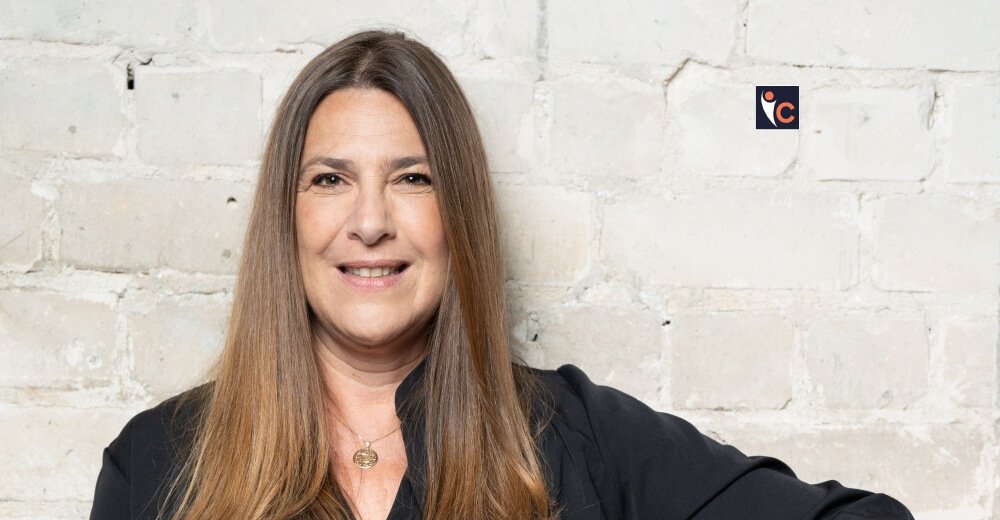Usually, a common goal of therapy—in the case of Epilepsy—is to suppress and possibly prevent seizures. Epilepsy is a neurological disorder that involves abnormal brain activity that results in seizures. While anti-epileptic drugs cannot cure epilepsy, but rather attempt to prevent seizures, they don’t necessarily work for everyone. Some may stop having seizures right after having their first medications; others have to explore various treatments until they find out the best way to get rid of seizures and sometimes seizures persist despite multiple drug treatments.
Precisis GmbH is a leading company that has proposed device-controlled therapies to improve the existing treatments for epilepsy. Unlike tablets, capsules, or syrups, these devices use bioelectronic methods to direct therapeutic currents at defined target areas of the brain. And its AI-based learning models make it possible to inhibit specific brain cells for the effective treatment of epilepsies.
Directed by Dr. Angela Liedler, MD and CEO, one of EASEE®’s greatest successes up to date lies in treating epilepsies. This device manages to send electrical impulses to the location of the brain where epileptic seizures originate. It supports the patients in attaining a sense of security provided by brain stimulation and going about living their normal lives with the utmost freedom.
Let’s dive in to learn more about the science of bioelectronic methods in treating epilepsy and improving the lives of patients.
Precisis’ Inception Story
Epilepsy is one of the most common neurological disorders. Estimates suggest that around 50 million people worldwide are suffering from it (WHO). Many patients with epilepsy have a clear need: they are looking for the ultimate way out of a medical predicament. Oral medication is not able to help one in three epilepsy patients. These are patients who continue to have epileptic seizures even while being treated with strong medication or are severely troubled by pharmacological side effects. They are not able not to take part in social or professional life the way most would want to. Some require round-the-clock care and need to fall-proof their house. All this takes a huge toll on the mental health of the patients and their families.
While Dr. Angela Liedler, a medical doctor, was witnessing the implantation of a deep brain stimulation system (DBS) for the treatment of epilepsy, a procedure where electrodes are inserted deep into the brain, far from the seizure onset zone, the question arose for Dr. Liedler why it was not possible to “simply” suppress seizures at their origin with electrical impulses. Before 2015, however, no one had developed a minimally invasive, low-risk, yet precise bioelectronic solution for epilepsy – the start of EASEE®.
Abiding by Core Values and Operations
In 2011, following the successful exit of her agency, Angela took over as CEO and main shareholder of Precisis. By 2015, Precisis was set up as a newly founded start-up company. With EASEE®, Angela then started a visionary and keen project to revolutionise epilepsy treatment.
Precisis wants to improve patients’ lives suffering from functional brain disorders by providing novel neurostimulation technologies. The Precisis team currently consists of 24 members, with 41% women. This includes experienced individuals and young ones with enterprising spirits who all share the common goal of bringing next-generation neuromodulation solutions to the patient’s bedside. The personalities and backgrounds are quite diverse; there are physicists, physicians, psychologists, and mathematicians. They all keep each other on their toes and like challenging one another to think outside one’s box to achieve the best possible outcome for their patients.
Treating Epilepsy with EASEE®, a Bioelectronic Product
In contrast to other devices in the treatment of epilepsy, EASEE® just gets slipped underneath the skin right above the individual epileptic focus. That way, EASEE® is the only available device in Europe where the seizure onset zone is being directly stimulated. The design is based on the Laplace electrode. Because of this setup, a therapeutically meaningful and very focused electrical field can reach the patient’s brain area. The minimally invasive implantation procedure only requires two cuts in the skin, one on the head for the placement of the electrode and one in the chest area for the IPG. No sensitive tissue like nerves or the brain is being touched.
Apart from the minimally invasive implantation, another uniqueness of EASEE® is the combination of two proven clinically effective stimulation paradigms. One, high-frequency alternating current, is delivered in short bursts throughout the day and is meant to interfere with upcoming seizures. The other, direct current-like stimulation is applied once a day for 20min and will calm the brain in the long term. The stimulation intensity for both is set below a sensory threshold so the patient cannot feel it.
While EASEE® showed tremendous efficacy in two European multi-center clinical studies, with 84% of the severely ill patients benefitting after six months of stimulation, at the same time, no device-related serious adverse events have been reported. 53% of patients managed to reduce their seizure frequency by more than half (so-called responders), and 17% became seizure-free.
Ensuring Safety and Efficacy of EASEE®
Precisis is very excited about the possibilities that EASEE® has to offer. First, the focus lies on the treatment of epilepsy. After receiving the CE mark for adults, the next logical step is to expand the patient group. In early 2023, a clinical study will start to prove the safety and efficacy of EASEE® in children and teenagers from ages 12 -17, as they are even more limited in their treatment options than adults already are.
The main application of the technology is the treatment of focal epilepsy. This is the initial step in the development roadmap and the main driver of the R&D activities. By developing the technological basis for EASEE®, it will then be able to address further applications, as it has the potential also to treat other indications, such as aphasia after stroke and pain. The polarity of the stimulation can be switched so that the underlying brain area is either inhibited or excited, depending on the needs of a given patient group.
Looking at different cortical dysfunctions, both stimulation directions can be used in further indications. A closer look has been given to speech impairment after stroke (aphasia) and neuropathic pain. Both conditions have been shown to respond well to external stimulation techniques like transcranial magnetic stimulation (TMS) and transcranial direct current stimulation (tDCS).
Scaling Operations in 2023 and Beyond
Like most medical device start-ups, Precisis is very well positioned in R&D, Regulatory, and Clinical. But for a successful scale-up, the sales and marketing department needs to grow to increase knowledge about EASEE® in the medical community.
EASEE® has so far been manufactured in small numbers, as it was used for clinical studies only. The increase of production capacity with the manufacturer will be crucial shortly.
Attaining Recognition of Excellence
Precisis, in general, and Angela, in particular, have always stressed the importance of a good network in the community. Through extensive key account management, Precisis was able to work together with some of Europe’s most important KOLs in the epilepsy scene for clinical studies. Precisis highly appreciates their commitment to EASEE® and their continuing support.
“The treatment of patients with epilepsy always begins with medication. However, for decades there has unfortunately been a consistently large group of around 30% of all patients for whom pharmacological treatment is not sufficiently effective. These drug-refractory patients wait an average of 22 years before they are offered further technical or surgical treatment options. With this new, risk minimized EASEE® method; the treatment spectrum is expanded in the early phases of the disease.”
– Christian Elger, MD, Medical director and managing partner of the Beta Neurologie Bonn – Center of Excellence for Epilepsy, believes in EASEE®’s potential
“The data evaluation after six months showed a reduced frequency of seizures of at least 50 percent in 17 of 33 participants. After six months of stimulation, four patients were completely free of seizures. The low-risk implantation procedure and the outstandingly positive spectrum of side effects suggest that EASEE® will be a future therapeutic option for drug-refractory focal epilepsies.”
– Schulze-Bonhage, MD, Head of the Department of the Epilepsy Center at the Neuro centre of the University Hospital Freiburg – Head of the Clinical Studies on EASEE®
CEO’s Thoughts on Bioelectronic Medical Innovation
“I believe that the key to getting an innovative bioelectronic medical device into the market is a diverse team and an early established quality management system. Also, generating a network of key opinion leaders who stand behind and believe in the envisioned product.
Different backgrounds do enrich discussions and generate new ideas that uniform teams might not think about (enough). Differences do cause some friction, but from that, valuable conclusions can be drawn.
For medical devices to obtain CE-mark, the new Medical Device Regulation (MDR) system places some hurdles. In contrast to the previously applicable Medical Device Directive (MDD), this new regulation means additional reports and extensive technical documentation on the producer’s part. For a smooth regulation process, it is therefore essential to set up a regulatory and quality management system early in the process.”










